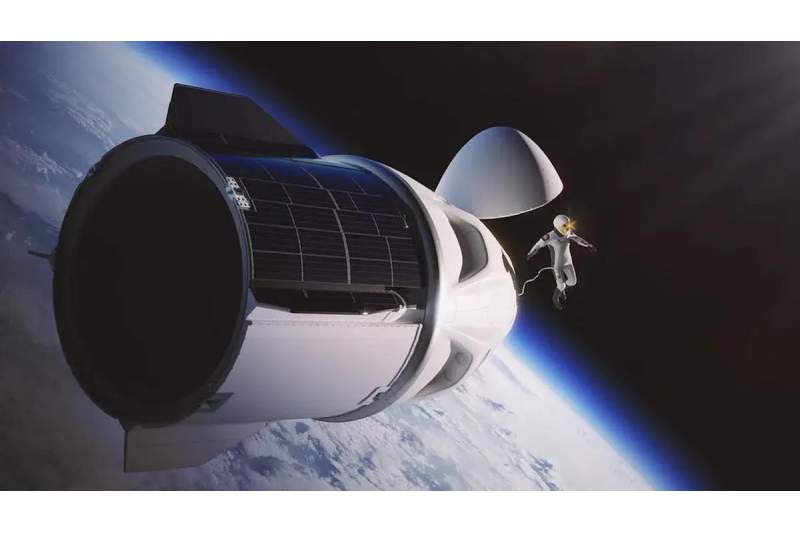Polaris Dawn, the first commercial spacewalk mission, has stated that it will launch no sooner than July 31, 2024, therefore it appears to be back on track. The four-person crew of the Dragon spacecraft is expected to go farther from Earth than any mission in more than 50 years.
There is much more to commercial space flights than just private companies fulfilling government space contracts. In the future, there will be an increasing number of private trips into orbit that are unaffiliated with national governments, even though the majority of private missions currently transport crews and goods to and from the International Space Station (ISS).
Launch Complex 39A at NASA’s Kennedy Space Center in Florida saw the launch of the first entirely private mission in history on September 15, 2021. The rocket, which was owned and operated by a private company, carried a private spacecraft into orbit with private astronauts on board, on a private charter. The Inspiration4 mission was launched by a Falcon 9 rocket and reached a height of 357 miles (575 km) using a SpaceX Crew Dragon capsule.
The passengers on that voyage stayed inside the capsule, but the objectives of the follow-up Polaris Dawn mission—which was also chartered from SpaceX by Shift4 founder and CEO Jared Isaacman—are more audacious.
Firstly, it aims to launch at an initial orbital altitude of 870 miles (1,400 km), higher than any crewed space trip since the Apollo 17 Moon mission in 1972 and higher than the record set by Gemini 11 in 1966 for a crewed Earth orbit mission.
One risk is that it is high enough to reach the inner ring of the Earth-encircling radioactive Van Allen Belts. Although their initial orbit will be highly elliptical and lower, at 120 miles (190 km), the crew—Mission Commander Jared Isaacman, Mission Pilot Scott Poteet, Mission Specialist Sarah Gillis, and Mission Specialist and Medical Officer Anna Menon—will be minimally exposed.
This radiological chicken game aims to carry out 38 scientific experiments to investigate the health impacts of space radiation and spaceflight on humans. After they are finished, the height will drop to 430 miles (700 km) for the remaining five days in orbit.
That’s when the first attempt at a private spacewalk will take place. To enable the forward hatch to be opened and depressurized, the Dragon has undergone unique modifications. An improved extravehicular activity (EVA) variant of a conventional SpaceX intravehicular (IVA) suit is present in at least two of the space suits. More mobility is now possible because to modifications made to this, which also feature new thermal management textiles and materials taken from Dragon’s trunk and Falcon’s interstage. A new heads-up display (HUD) and a helmet camera are also included.
